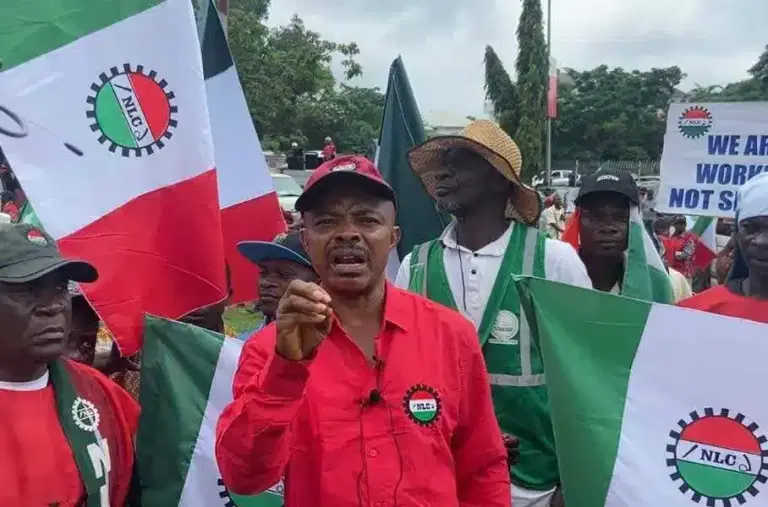The Governor of the Central Bank of Nigeria (CBN), Mr. Olayemi Cardoso, announced yesterday that the staff members who departed in December last year did so voluntarily and received their full benefits. During a resumed investigative hearing regarding the departure of 1,000 employees and the calculation of their N50 billion terminal benefits, Cardoso clarified that these individuals were not compelled to leave their positions.
The hearing was conducted by the House of Representatives Ad-hoc Committee, chaired by Hon. Usman Bello Kumo, to investigate the circumstances surrounding the separation of these staff. Cardoso, represented by Deputy Director of Corporate Services Mr. Bala Bello, emphasized that the early exit program aimed to enhance the bank’s efficiency through restructuring
He explained, “Optimizing an organization’s performance involves ensuring that personnel are appropriately matched to their roles. The goal is to balance human resources, capital, skills, and technology needs.” He acknowledged the global trend towards digitization, which creates both opportunities and redundancies. Cardoso stated that the decision for staff to exit voluntarily originated from the employees themselves, asserting that the program was entirely voluntary.
“No one was compelled to leave; it was a choice made by those who felt the need for change. Similar initiatives have been undertaken by various organizations worldwide and within Nigeria,” he noted. Cardoso highlighted that this move was driven by staff requests and addressed issues of stagnation within the organization, where employees faced limited advancement opportunities.
He elaborated on the pyramid structure of the organization, indicating that a significant number of directors could not be sustained with the available departments. As a result, some qualified employees found themselves in positions with no opportunities for growth, prompting their desire to explore new paths.
Cardoso also pointed out that the early exit program was unprecedented in the bank’s over 60-year history, as it was extended to all willing employees, not just those in higher positions. He stressed that participation was entirely voluntary, with no pressure or intimidation involved.
He concluded by reiterating that while some employees opted to leave, many chose to remain, and the restructuring efforts were aimed at aligning the bank’s objectives with its workforce effectively. The initiative was a response to popular demand, demonstrating the organization’s commitment to addressing employee needs while maintaining operational efficiency.






